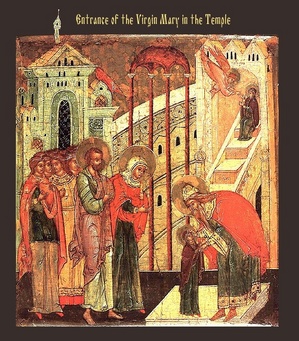Almighty ever-living God, who are wonderful in the virtue of all your Saints, grant us joy in the yearly commemoration of Saint Clement, who, as a Martyr and High Priest of your Son, bore out by his witness what he celebrated in mystery and confirmed by example what he preached with his lips.
After Peter as the chosen head of the Church, the next crucial leader of the Church is the 1st century Saint Clement of Rome. In the development of what a “pope” is for the Church, Clement is often claimed to be such. His immediate predecessors Linus and Cletus were certainly bishops of Rome, but it seems as though Clement is concerned for Christians beyond the City walls.
He was a Jewish-Roman by birth and is reported to accepted Christian faith at the hands of either Saints Peter or Paul. Called to be a missionary, Clement assisted these great apostles as well as Jerome and a companion of Barnabas, Luke and Timothy. It is the testimony of Tertullian that we learn that Clement was ordained a bishop by Saint Peter. Clement, is known in papal history for being the 4th bishop of Rome; his papal service followed Peter, Linus and Cletus. Pope Clement served the Church for 9 years, 11 months and 20 days.
Circa 96 Clement wrote to the people of the Church in Corinth defending the faith against their peoples’ abandonment of Christian faith seen in their acceptance of prostitution at the Temple of Aphrodite. But the Corinthians also were accused of being impious, envious, and angry among other issues. Clement laid for us a spiritual path that says that we are to abandon all things of this world to more perfectly follow Jesus. Clement was an ardent worker for unity among Christians. We can’t be friends with Caesar and at the same time with the Lord. Purity of heart and body were essential.






